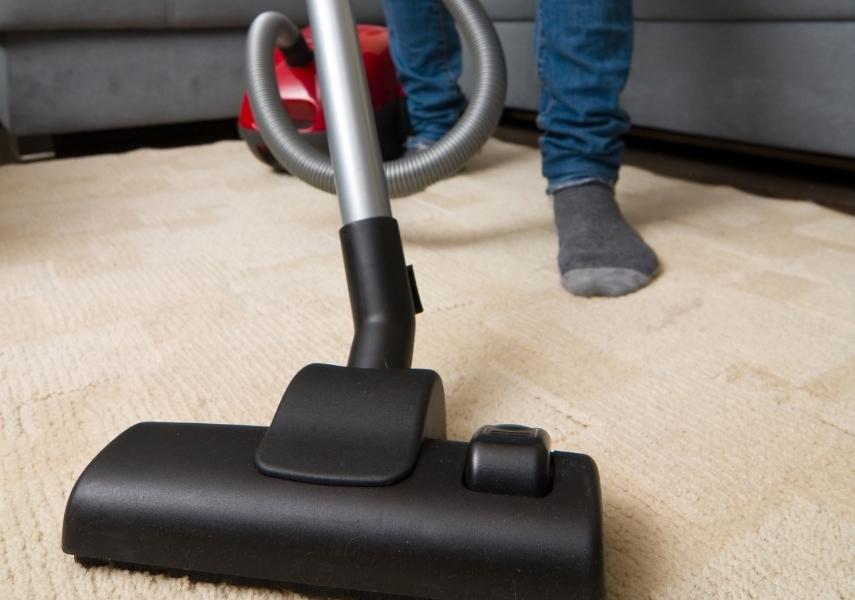The Daily Household Tasks That Pollute Your Home

Ensuring your home is clean might be important for you to keep your family healthy, but the cleaning products you use could be polluting the air they breathe. Poor indoor air quality affects the health of around 20% of South Africans. Meanwhile, close to 4 million children and adults die worldwide each year from illnesses attributed to household air pollution. You may not realise but your routine household tasks could be polluting the air in your home. Everyday household tasks such as cooking and cleaning produce high levels of volatile and particulate chemicals within your home, leading to indoor air quality levels that could be equal to a polluted city.
900 Chemicals In Household Air
Volatile Organic Compounds (VOCs) are substances that contain carbon as well as other elements that easily evaporate and spread through the air. VOCs can be found in everyday items such as shampoo, nail polish, cosmetics and perfumes. It’s estimated that there could be up to as many as 900 VOC chemicals in the indoor air we breathe. Many cleaning products, disinfectants and air fresheners also contain VOCs which can be harmful if inhaled or touched. Also, many building materials such as many paints, varnishes, carpets, solvents and adhesives contain toxins.
Studies have concluded that VOC levels can be up to 5 times higher indoors than outdoors. Levels can become 1,000 times higher as a result of certain household activities such as stripping paint. Even simple activities such as cooking, smoking and using a wood stove can generate VOCs.
Health Impact Of VOCs
VOCs can irate the nose, eyes and throat and cause nausea, dizziness, headaches and skin allergies. People with asthma may find their symptoms worsen. Long-term exposure can cause damage liver, kidneys and the central nervous system and even cause cancer. Children, the elderly and people with existing health conditions are particularly susceptible to the effects of VOCs. VOCs are so common that it is virtually impossible to eliminate them all from your home. But there are things you can do to help reduce the danger of VOC exposure.
Reducing Toxins In The Air
Being more aware of the products that you bring into your home to use will help to reduce the amount of VOCs in your home and indoor air. Check products for manufacturers VOC emissions and limit the use of aerosols and products that contain harsh chemicals. Try to switch to organic, natural products that contain low or no levels of VOC. Make sure you never mix household cleaning products and also follow the manufacturer’s directions. Ventilation can also help to significantly reduce your family’s exposure to VOC. Increase ventilation by opening windows and doors and use fans. This is particularly important when cooking or using cleaning products and detergents. Ideally, aim to complete any household renovations while the property is empty or when the home can be well-ventilated.
While we have become increasingly aware of the health implications of outside air pollution, we need to pay close attention to the quality of the air inside our homes. We may not be able to see the toxins in the air, but our everyday household tasks pollute the air with chemicals and VOCs that our family will have to breathe. Simply switching to organic, toxic-free products and ensure the home is well ventilated can reduce the danger and help your family enjoy a clean, fresh and healthy home.
